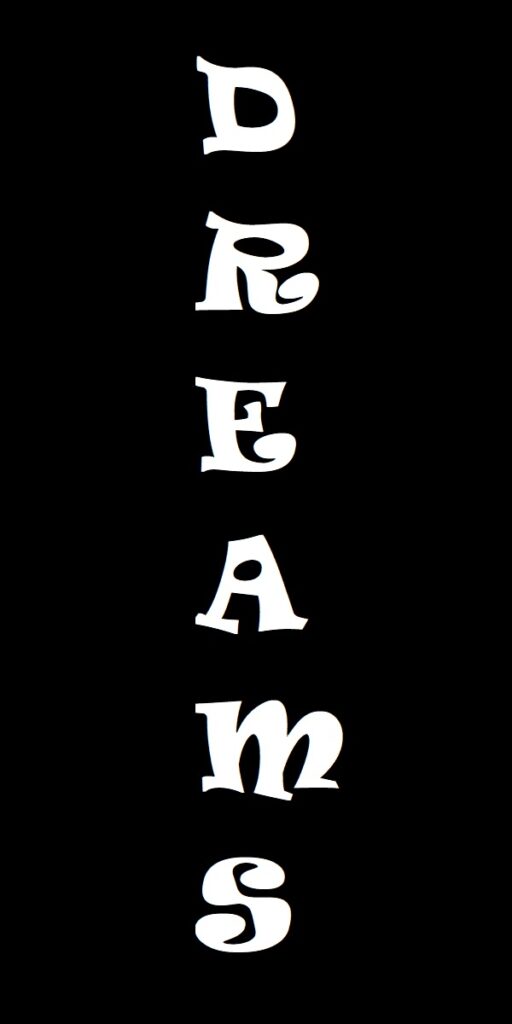MODALITIES
set
THE tone
of change.
the way or mode in which something exists or is done.

Find the formula that fits your personality.
You are in charge of your healing journey!
Expressive Arts Therapy

Expressive arts therapy involves the use of creative expression to explore ones emotions and experiences.
Art (in whatever form it takes), music, and movement are all key factors in expressive arts therapy.
Those who have a hard time articulating their internal experiences tend to thrive in a more artistically expressive environment.
Somatic Therapy

Somatic therapy centers around the connection between the mind and body and the role of your physical being in your emotional and psychological healing journey.
Learn about the ways in which your emotions physically manifest within your body through techniques like body scanning, breathwork, and more.
Trauma-Informed Therapy

Trauma-informed therapy is useful for those struggling with PTSD and seeking to heal from past trauma.
This modality of treatment approaches trauma head on.
Therapy will guide you through traumatic memories, situations, or objects with the goal of processing and/or reducing the fear response associated with the event.



Cognitively-Based
Compassion Training
is helpful for nearly every mental health diagnosis.
Compassion refers to the heartfelt wish for others to be free from dissatisfaction and distress. “Love” also refers to a heartfelt wish for others, specifically, the wish to see them flourish and be happy.
To use a metaphor from the Indo-Tibetan Buddhist tradition, compassion and love are two sides of the same coin.
CBCT® offers a comprehensive method for training compassion that draws on the ancient lojong tradition of Indo-Tibetan Buddhism and is supported by current scientific research in fields such as evolutionary biology, psychology, and neuroscience.
While CBCT® has its roots in Tibetan Buddhism, it was developed as a secular program, one that introduces practices that can help any individual strengthen their inner skills of the heart and mind.
Compassion does not belong to any one religion or tradition. It is a capacity of the human heart and one that we can strengthen through deliberate practice.
Internal

Internal Family Systems (or IFS) is a counseling tool that sees every person as a collective system of protective and wounded inner parts. Those parts are led by a core Self.
The mind is naturally complex, and IFS sees the mind’s complexities as a perk.
As a family system is composed of several different working parts/roles, IFS believes that the human mind is forced to take on different roles within us.
Family

IFS is set up and utilized as an evidence-based therapy geared towards helping the individual heal by connecting with their inner protective and/or wounded parts.
Once you can connect with your inner Self, you can learn, understand, and begin to heal.
Systems

IFS therapy also offers a sensical way of understanding personal and intimate relationships.
With a newfound grasp on your core Self and all of your inner parts, you can enter the world each day with the 8 C’s: confidence, calm, compassion, courage, creativity, clarity, curiosity, and connectedness.
Shamanic Spiritual Counseling
Shamanism is a spiritual and healing tradition found in various cultures around the world. It involves connecting with the spirit world, understanding the interconnectedness of all life, and accessing spiritual guidance for healing and transformation.
Shamanic Spiritual Counseling aims to facilitate personal growth, healing, and spiritual transformation by addressing spiritual imbalances and helping clients connect with their inner resources and the larger web of existence.










Shamanic counselors may use techniques such as journeying, ritual, drumming, and connecting with spirit guides or power animals to help clients explore their inner worlds, access wisdom, and begin the process of healing emotional wounds.
Humanistic Therapy

A humanistic approach to therapy emphasizes self-actualization, personal growth, and the primal ability to heal yourself.
Humanistic therapy teaches self-empowerment, self-expression, and the path to a more authentic manifestation of your true self.
There’s more power in knowing who you are at the core than you might imagine.
Mindfulness Therapy

Mindfulness-based therapies are closely tied to basic Buddhist principles.
These practices center around creating a more mindful client, generating self-awareness, and teaching emotional regulation.
As your mindfulness matures, you will be better equipped to effectively manage stress and promote personal internal healing.
Narrative Therapy

Narrative therapy focuses on exploring your story and your personal narrative.
Recounting your experiences can help you learn more about who you have become and who you want to be.
The narrative integration will empower you to take charge of your personal narrative with a more positive and purposeful outlook on the future.



Jungian
Therapy
is helpful for nearly every mental health diagnosis.
In Jungian therapy, a patient is asked to explore both their conscious and unconscious minds with the help of the therapist in order to bring into balance the areas of their personality that are misaligned and create unity between the conscious and unconscious minds.
Carl Jung proposed several techniques for learning what the unconscious mind contains, including:
Dream analysis: Jung viewed dreams as communications from the unconscious mind. Through analysis, Jungian therapists believe that the messages can be interpreted and used as information to help explain why the patient is ill at ease and which aspects of a patient’s personality need work in order to bring about balance and unity.
Word association: In word association exercises, a Jungian therapist will say specific words and record how long it takes the patient to respond with the first thing that comes to mind. The therapist might run through the list a second or third time, noting changes in responses and response times. Changes in responses between the tests, or anomalies in the time it takes for the patient to respond, are believed to be instructive in indicating areas about which the patient feels distress.
Art or dance therapies: Jungian analysts believe that painting, drawing, and dancing are conduits through which the unconscious mind can express itself and that the exercises themselves may help repair the areas of a patient’s ailments that come through their art-making.





